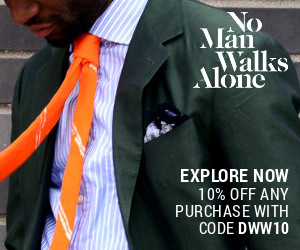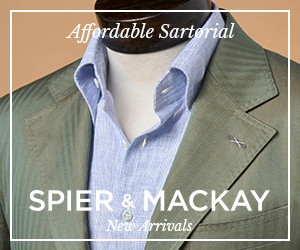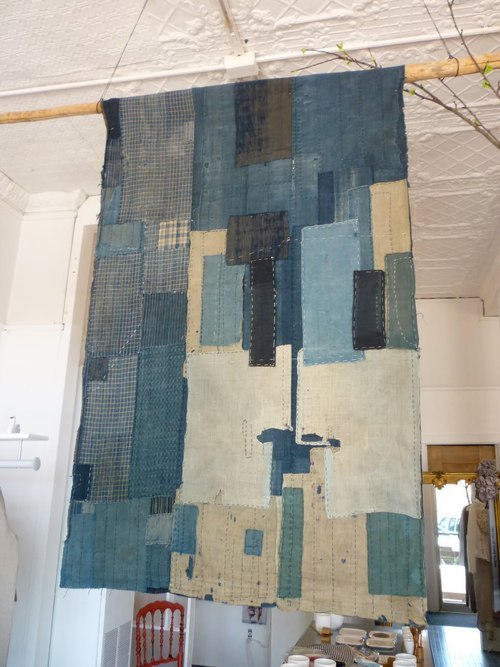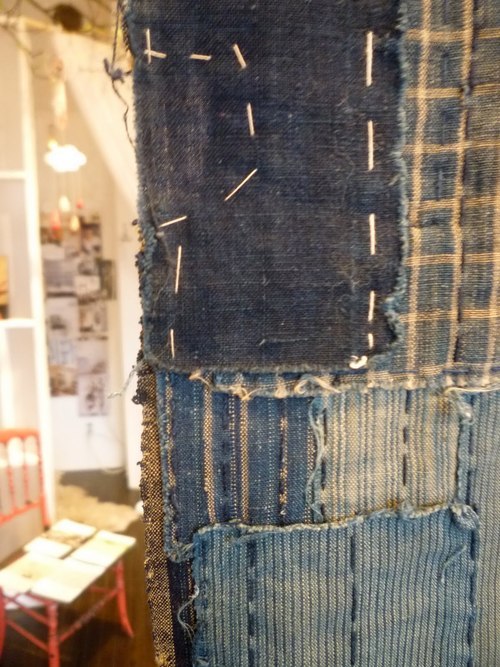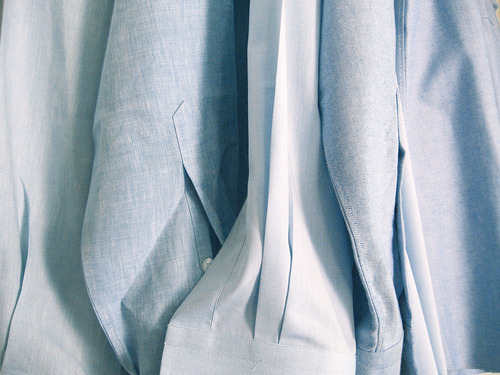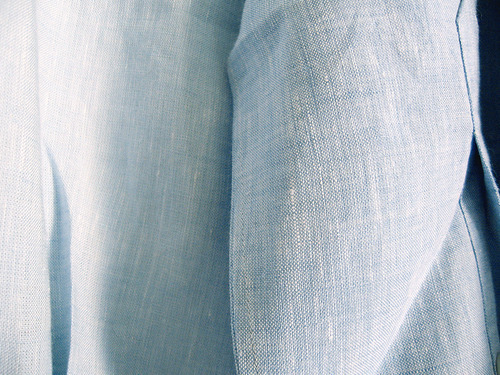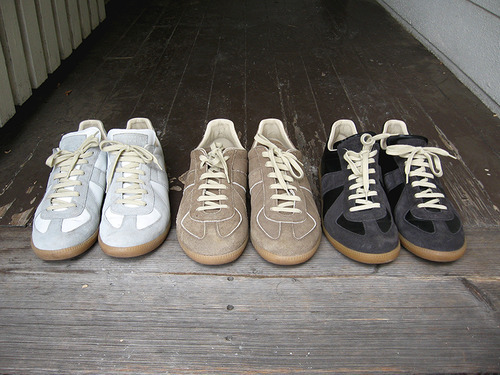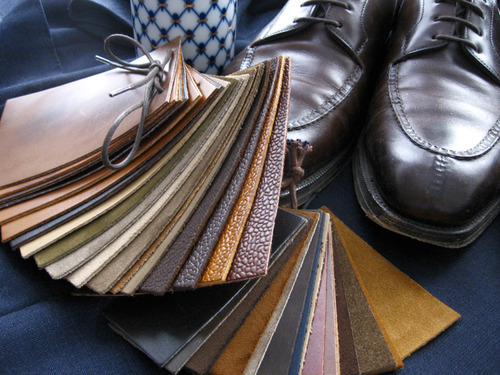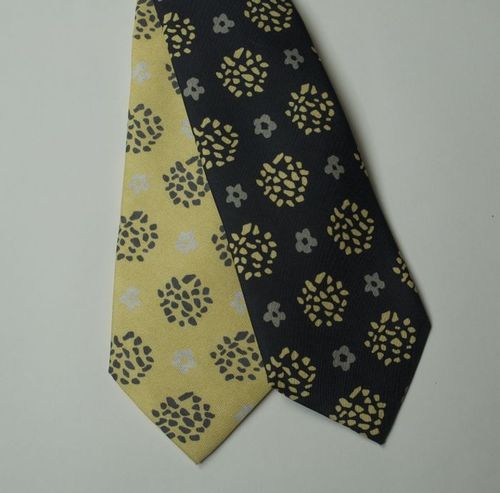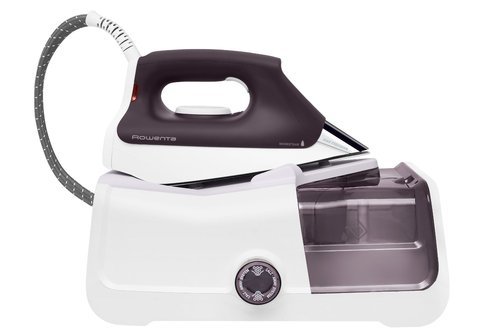
Most menswear reviews go something like this: a ridiculously trivial problem is blown out of proportion, and some expensive item is proposed as the solution. The slightly uncomfortable experience of being caught in a drizzle, for example, can be solved with a handmade raincoat with bonded seams; the slightly-off fit of ready-to-wear shoes can be solved with something bespoke; and any difficulty in understanding Four Pins can be solved with someone young and hip, serving as a personal translator.
In reality, most things have a steep diminishing returns curve, and much of what you need can be satisfied for not too much money. For ironing, I recommend Black & Decker’s D2030 iron, any kind of non-countertop ironing board, and a basic spray bottle (since most irons are terrible at spraying mist or steam). All three can be had for less than $100.
In the last year, however, I’ve fallen in love with steam stations, which are irons that give continuous and powerful blasts of steam. Although they’re not as effective as the infomercial above would like you to believe, they’re surprisingly not that far off. With one in my hand, I feel like a disgusted prince, sending servants away with a few flicks of the wrist. “Begone, wrinkles!”
The problem with steam this powerful, of course, is that you risk puckering seams, delaminating fusing, and taking the shaping out of tailored clothes. Jeffery Diduch has done a lot in educating people on StyleForum (including me) about this subject, and you can see the ill-effects a steamer can have on a garment below.
Keep reading
